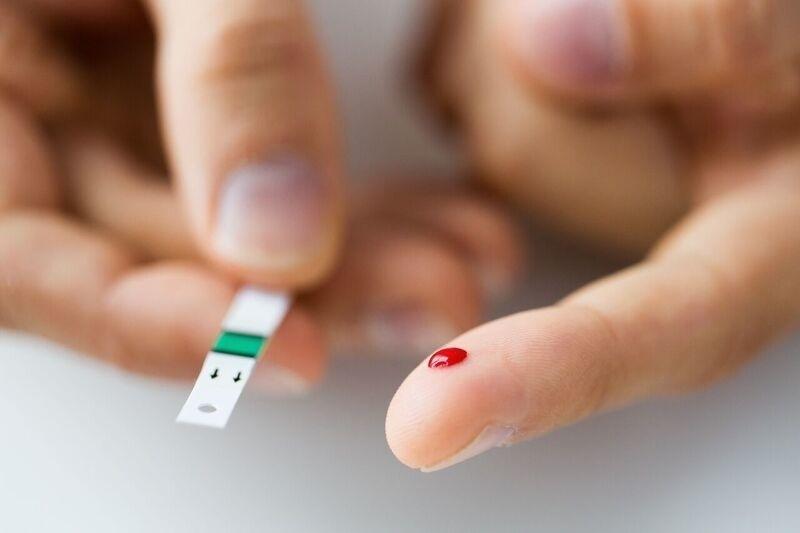Is Type 2 Diabetes Curable?

To give a short answer, Diabetes is not yet curable as it is a life-long condition that impacts the ability of the body to utilize glucose present in the blood. Diabetes can be either type 1 in which the production of insulin in the body is reduced or eliminated, or type 2 in which the body is not able to utilize the insulin produced in the appropriate manner. Majority of people suffering from diabetes have type 2 diabetes. However, very less majority of people (5 or 10 in 100) suffer from type 1 diabetes. There are ways to combat diabetes and keep you healthy. People can control their diabetes with medicine and physical activities. Let’s take a look at some of the ways in which you can manage type diabetes.
How to Manage Type Diabetes?
Here are the most common ways to manage type 2 diabetes:
- Healthy eating
- Regular exercise
- Diabetes medication
- Insulin therapy
- Blood sugar monitoring
- Losing weight (if the patient is overweight).
These are some of the most common ways people with diabetes live healthy lives. Now these ways won’t cure diabetes but will help manage diabetes and keep your blood sugar level closer to normal.
Good Diet
Believe it or not, there is no specific diabetes diet. It is important to remember that the diet of an individual with type 2 diabetes should consist of high-fiber foods with low-fat. Some of these foods are:
- Fruits
- Vegetables
- Whole Grains
It is recommended to eat fewer animal products and less on carbohydrates and sweets. Low glycemic index foods are also helpful. What is a glycemic index you might ask? It is a measure of how quickly a food makes a rise in blood sugar. Foods that are low in glycemic index help make the blood sugar level more stable. These foods are also high in fiber. It is best to talk to your doctor to make sure that you get the best advice tailored to yourself.
Some of the healthy options of fiber-rich foods include lentils, beans, vegetables, fruits, wholegrain cereals, and breads. Patients are recommended to replace the consumption of ghee, butter, coconut oil and other foods rich in fat with the foods that are low in fat like vegetable oil and low fat-spreads. Low-fat dairy options must be considered over full-fat dairy. Lean meats and fish consumption is recommended over the consumption of processed or fatty meat including sausage. Foods like high-fat mayonnaise, pastries, crisps, chips, and fast foods must be avoided. Patients should try to incorporate healthy ways of cooking which include steaming, poaching, baking, and grilling the food rather than deep frying. These measures can considerable help in regulating the blood sugar levels in patients with type 2 diabetes.
Exercise
Everyone needs exercise, not just people who have type 2 diabetes. Remember that it is best to ask your doctor about starting exercise programs. There are many programs to get involved in if your doctor says it is ok. Examples would be swimming or biking. Make exercise part of a daily routine. It is best to make at least 30 minutes of your day dedicated to exercise. Try to make this part of your week for at least 5 days. A combination of exercises such as walking or dancing is more effective than acting alone. This helps control your blood sugar more effectively. Remember that physical activity helps control blood sugar more effectively when combined. Also remember to check your blood sugar level before exercising. It is possible to eat a snack before exercising to help prevent low blood sugar. It is possible that medications can lower your blood sugar.
Anyone who does not exercise can incorporate a physical activity just by spending less time sitting in front of television or computer, and incorporating that time to go for a walk or for light exercise. People who are extremely sedentary can make great improvement in their health just by starting with a very mild form of physical activity.
Weight Management
An overweight or obese person has a very high body mass index (BMI), i.e. above 25 or 30. It is important for such patients of diabetes to lose their weight by incorporating a healthy diet, exercise, and reducing the overall consumption of calories. One should initially target to lose about five to ten percent of the total weight of the body in a span of one year. The weight loss should be continued until the BMI of the patient comes back to normal or within the range of healthy body fat (normal BMI is in between 18.5 to 24). However, it is very essential that a patient must consult a dietician or some other healthcare professional before starting any diet program or physical activity program so that he/she can get proper guidance from the trained professionals according to his/her body type and condition.
How Do You Monitor Your Blood Sugar and Treat Diabetes?
The blood glucose level of a normal person is between 72 to 108 mg/dL (4 to 6 mmol/L) when he/she is fasting and up to 140 mg/dL (7.8 mmol/L) 2 hours after eating. However, for a patient of type 2 diabetes, the blood sugar levels have to be maintained in between 4 to 7 mmol/L (before meals) and under 8.5 mmol/L (after meals).
You might need to check your blood sugar level or if you’re on insulin multiple times a day. The decision to make about which medications are best for you depend on many different factors. Factors include health problems and your blood sugar levels. So it is possible to combine multiple medications to control the different factors. Some of the most common medication to treat diabetes is metformin, sulfonylureas, and meglitinides.
The Bottom Line
Diabetes is not curable but it is possible to maintain and control the illness. A combination of healthy eating, exercise, and medication can control the blood sugar to stable levels. So this is nothing to worry about. Simply keep yourself healthy. It is also best to talk to your doctor to make sure that everything is ok.
















